
SP
gamer level 7
19445 xp
19445 xp
followers
15
15
Use my invite URL to register (this will give me kudos)
https://boardgaming.com/register/?invited_by=spiropyran
profile badges




recent achievements

Stone of the Sun
Explore select games by completing a series of exploration actions ...learn more »
Explore select games by completing a series of exploration actions ...learn more »

Rosetta Stone
Explore select games by completing a series of exploration actions. learn more »
Explore select games by completing a series of exploration actions. learn more »

Junior Reporter
Earn Reporter XP to level up by completing Reporter Quests!
Earn Reporter XP to level up by completing Reporter Quests!

Champion
Give 500 hearts (loyalty points) to a single game
Give 500 hearts (loyalty points) to a single game
Player Stats
Critic (lvl 2)
535 xp
535 xp
Explorer (lvl 5)
4524 xp
4524 xp
Professor (lvl 2)
513 xp
513 xp
Reporter (lvl 3)
783 xp
783 xp
About Me
Since Tabletop started our collection has grown exponentially. The most satisfying thing so far has been converting our "non-gamer" friends into accepting that they just hadn't found the right game yet. I lament what it has done to our coffers, but there is a lot of joy in looking at a solid collection of games.



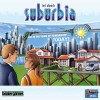
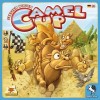
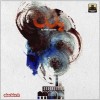








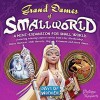
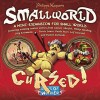
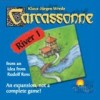














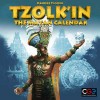




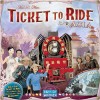








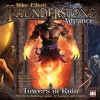

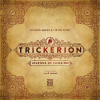








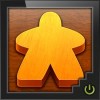
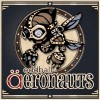
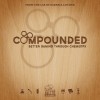


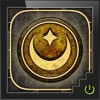

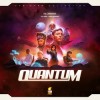



























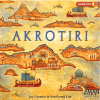










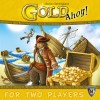




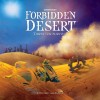

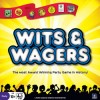













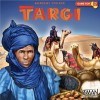
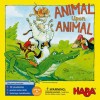
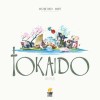







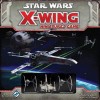


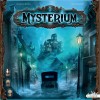







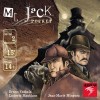









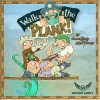




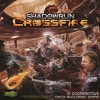



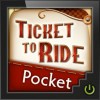



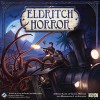









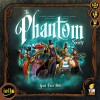
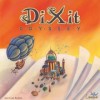




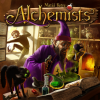






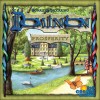
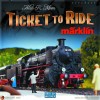







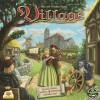
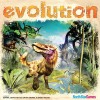
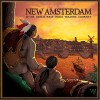















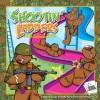







King of Tokyo
King of Tokyo is a rolling dice, smashing friends kind of game. This is a simple game that is good for up to 6 players, and can be adapted for younger players. KoT offers light-weight fun, that can be vastly improved by expansions. Not recommended for anyone that dislikes player elimination or games that depend on luck.
Components
There is a set of lovely chunky dice in the box, and since this is the main component it is nice that they’re pretty durable (at least in my edition). The board is a small square of cardboard with the Tokyo and Tokyo Bay locations. I love the art on the monsters that you and your friends get to be, and the matching art on their player boards. The currency in the game is energy, represented by clear plastic green cubes that would fit really easily up a small child’s nose. Otherwise there is a deck of power cards and a few circular cardboard tokens for use with some of the cards.
Gameplay
You are a non-copyright infringing monster trying to take over Tokyo. Your player board has two count-tracking wheels – one for your hit points and one for your victory points. Your goals for winning are to either get 20 VP before your opponents, or be the last monster standing.
On your turn you will roll six chunky dice that have 6 different faces (1, 2, 3, Heart, Claw, Lightning Bolt), and may reroll any number of them up to 2 more times.
If you roll…
… three of one number: good for you! You get victory points this turn. As long as there are three of one number, you get that number of points. (If you said Huh? here’s an example: you roll three 2’s, you get 2 points. Each additional 2 you roll gives you one more point).
…Heart: as long as you’re not in Tokyo, you may heal the same number of points as hearts you’ve rolled
…Claw: Attack! If this is the first claw rolled you enter Tokyo. Otherwise, you attack whoever is not with you, causing them to go down in hit points the number of claws you’ve rolled. If you are in Tokyo you attack everyone else, if you are outside of Tokyo you attack the monkey (or giant bunny robot) in the middle 😉
…Lightning Bolt: Take one energy cube from the bank for each lightning you rolled.
If you collect enough energy cubes you may buy a card from the centre, which will either give you a permanent power or cause an immediate action. These are usually advantageous, as they can either increase your ability to cause damage, adjust your die rolls, or make VP collection easier.
You collect victory points either by rolling or by occupying Tokyo. Upon entering Tokyo you get 2 VPs, and each turn you begin in Tokyo you get 1 VP. You may choose to leave after someone attacks you and they must take your place. This means you can’t start your turn in Tokyo and then leave, as someone needs to take your place in the hot seat.
Play continues until only one monster is left standing, or until one monster has gained 20 VPs.
Play with 2
This is not my favourite game with 2 players. You’re either ruthlessly trying to decimate your opponent, or you’re both slowly trying to collect enough VPs to win. It doesn’t give you the same sense of accomplishment as when you are one of many monsters all vying for the honour of King of Tokyo.
Opinion
I find this to be a pretty great game to bring out with new players. The rules are simple and the randomness of the dice rolls means that everyone has an equal chance of winning. It is also adaptable for play with younger kids who may not know how to read yet; I found DNAmers’ tip to be very helpful. It can focus on player elimination, and that can really stink if you’re knocked out early. Fortunately, the game doesn’t run too long so you’ll be setting up for the next round in no time.
After the first few plays we didn’t bring out this game as much, it’s a little too simple and too random for us. Also it’s usually just me and @Game Ninja, and as I stated above KoT does not shine with just 2 players. However, we got the Power Up! expansion for Christmas, and I felt that the evolution cards added a lot to the game to make it more interesting. I think we may be seeing this game hit the table more often, as I am now very interested in how each monster will evolve. The Costume cards in the Hallowe’en expansion are also fun; nothing like putting a pretty princess dress on a giant mechanical dragon 🙂